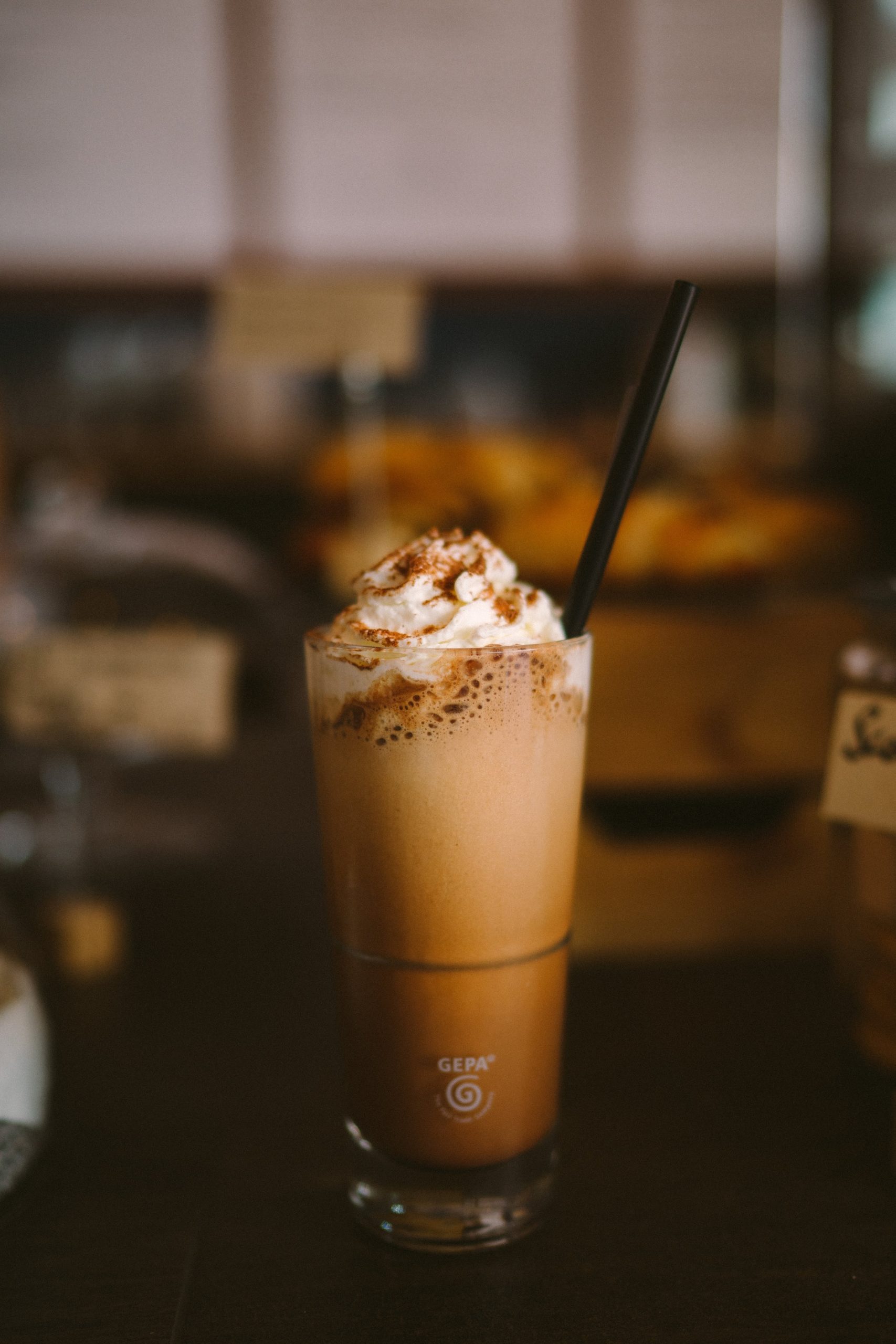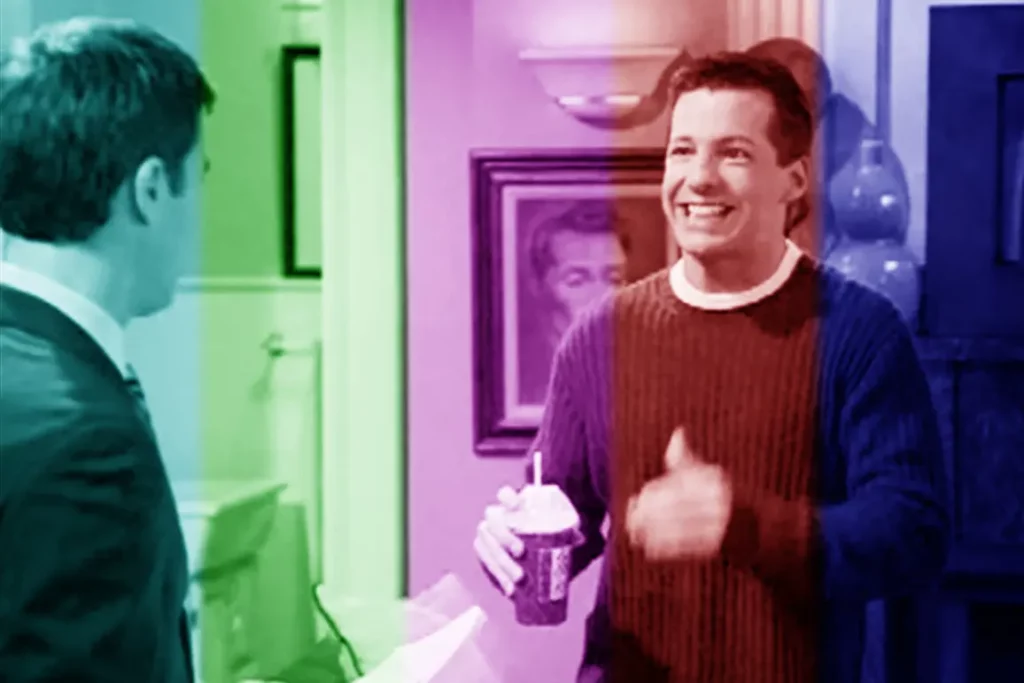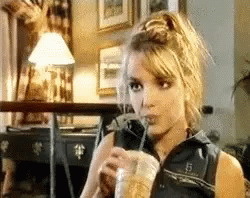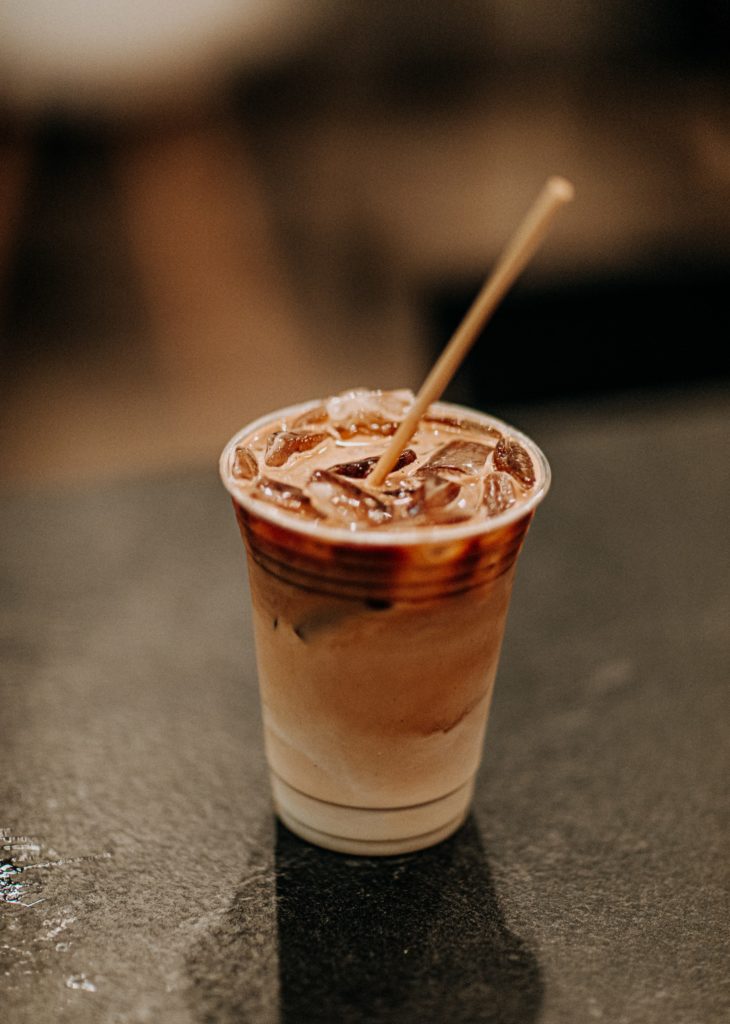How iced coffee became a symbol of queer culture

How iced coffee became a symbol of queer culture
Words: Shamim de Brún
Images: Unsplash
If you are queer, you have to come out a second time as a full time iced coffee drinker. Yes, even in the cold. And especially in Ireland.
Unless you don’t live on the internet, you will have noticed that there’s been a steady flow of tweets and memes about the queer community’s affinity for iced coffee over the past few years. Iced coffee is now so synonymous with queers that some American claimed that drinking one made him gay.
According to the LGBTQ website New Now Next, iced coffee is gay because of its aesthetic portability, easy consumption and customization (i.e “you can pump it full of sugar” or diet sugar in the form of ‘sugar-free syrup’). They compared it to the stereotype of suburban wine moms and pinot grigio; iced coffee is a queer crutch.
While it’s hard to truly understand why anything becomes a meme *cough Shrek cough* there are a lot of portable, customizable things that come in cute packaging that isn’t so closely aligned with the queer community.
my barista every time my gay ass walks in to get iced coffee: pic.twitter.com/TPi7NQwfDW
— Mario (@mtehuitz) July 16, 2019
Gender Non-Conformity
Iced coffee is just one of many trends that represent the increased acceptance of visible queerness and gender nonconformity. These days queer couples can and do go about their lives with measurably less fear. However, that seems to be losing ground lately.
On the surface, it’s so banal. It’s just coffee. How can it be gay? Well, a lot of banal things have been coded for gay over the years. Pinky rings, which ear you had pierced, pocket squares, carabiners, clear phone cases. Signalling to other queers that you are also queer, while once essential has now become a fun part of cultural discourse.

Straight people might not be aware that drinking iced coffee could be seen as an overt display of queerness. That’s sort of part of the fun. The “queer aesthetic” is less of a definitive style, like punk or mod, and more of a philosophy. It proudly veers from conventional trends favouring those that subvert expectations, gender, and other norms. The aesthetic ranges from flamboyant to austere.
However, regardless of visual presentation, each look is full of intention. Styling oneself through a queer lens is a nudge-nudge-wink-wink signal to other queers that you are part of their community. Iced coffee has become a big part of that.
Will and Grace
GQ cites Will and Grace as one of the first times iced coffee was associated with the gays. In the 2001 episode, Jack(Sean Hayes) becomes enamoured with a barista who has been giving him free iced coffee. As the season three episode progresses, Jack signals himself as gay to his barista by repeatedly ordering Frappuccinos.

While fancying a hot barista has led us all astray, the episode alone doesn’t quite make the definitive link between iced coffee and gay culture. But it does establish that the connection is older than the internet memes suggest.
Counter Culture
There is something opposed to the prevailing norm about drinking iced coffee, especially when it’s cold. Hot coffee has become normcore very quickly. Your da drinks it now without feeling like he’s got notions. Essentially, iced coffee has become a queer nod. A cheeky, winky face with a knowing smile avatar to signal to other gays that you are one of them by bucking against the uniformity of heterosexuality.
If you’re straight, that might sound ridiculous. If you’re queer, though, I know you get it. Signposting queerness is a gay tradition that dates back to before Oscar Wilde. Back then, queer people developed codes to signal to people in the know their interest in same-sex desires. Specific codes like the hanky code signalled sexual proclivities. Mostly the signposting was subtle like wearing a pinky ring, or a red tie. What unified most of them, though, is that they were typically built on subverting gender norms.
Something Girly
There’s an argument to be made for iced coffee being gendered. Throughout the ’00s, they were the accessory of choice for many ‘it’ girls. A frappuccino was considered a ‘girly’ Starbucks order when I was a teenager. Extravagance in coffee is often considered ‘feminine’. Drinks like a Starbucks, an iced vanilla latte or Britney Spears’s favourite, Frappuccinos, are barely considered coffee; these are sugary beverages akin to desserts. They were looked down on with derision by the tastemaking coffee men of yore if yore was the 00s.

That’s not to say that gay coding no longer happens in countries where being gay is no longer illegal. Clear phone cases are still code for bisexuals. It is just talked about publicly now. There are whole TikTok channels dedicated to it. Sometimes it seems to happen by accident, like with iced coffees. It’s more like another kind of signposting, where codes are a form of playful rebellious nonconformity and not survival techniques.
The Straw
Some people on Twitter say it’s the straw. Whether it’s that the straw is aesthetic or means you don’t have to break eye contact or just plain makes you feel like a celebrity, there is something provocative about putting a straw in your mouth that aligns with traditional queer humour. Also, a lot of queer people worry about coffee staining their teeth, and the straw removes that worry. I can get behind it. Most Queers I know love a straw for reasons neither they nor I fully understand. Drinking things through straws is also seen as feminine, so this tracks with the gender nonconformity of it all.
Gays when they get their iced coffee pic.twitter.com/YXzmKhaEXY
— God is a Bottom (@DamagedBttm) November 12, 2018
What’s also great about iced coffee is that, like the queer community, it comes in different colours, flavours, shapes and sizes. There are enough variations to establish distinct identities within the queer spectrum. Show me a girl drinking an iced black coffee, ideally a cold brew, and I’ll show you a bisexual. Dig up a caramel frap drinker, and I’d hedge my bets they are a baby gay.

The Gay Domain
Iced coffee may be the domain of the queer now, but slowly but surely, it’s becoming more and more accepted. As many things embraced by the queer community go on to mainstream popularity. It’s likely that the frappuccino will go the way of fruity cocktails, hard seltzer and rosé – something queer people made cool enough for the straights to accept.
What is clear is that the queers feel a sense of ownership over iced coffee. While many memes and Internet jokes live and die on Twitter and Tumblr, the declaration that iced coffee is gay has transcended the Kermit meme and outlived the Bee Movie trolling. As with the queer coding of times gone by, making yourself known as queer without saying it will always be part of queer heritage and culture, even if that signposting is now more cheeky and exuberant.
It has to be a shared experience to be part of a culture, and despite no one ever sharing their iced latte in its own small and deliciously caffeinated way, iced coffee gives queer people community. And in the community, we find power. It is, to put it in vernacular, gay AF.
Elsewhere on Char: How to Drink Eurovision Edition
